The Canberra Times – an end of an era Late in January 1977, I received a phone call from Ian Mathews introducing himself as the editor of The Canberra Times and inviting me to pop into the office for a chat. The chat was as rewarding as it was surprising. I had just been appointed to the ANU, after studies in art history at the universities of Melbourne, Moscow, London and Oxford, to set up a Department of Art History, initially called the Fine Art Program. Of the many people I met in my first days at the university was the amazing Arthur John Birch, the world-famous organic scientist. Birch apparently mentioned me to Ian Mathews and Mathews promptly offered me a job as the Senior Art Critic for The Canberra Times. Having a passion for contemporary art, it was an invitation too good to turn down, but being aged in my mid-twenties and with quite a bit on my plate, I asked if I could ‘appoint’ specialist writers to write alongside me in dedicated areas such as crafts, photography and new media. Mathews, a man of great charm, intellect and integrity, readily agreed and my fruitful collaboration with The Canberra Times commenced. By fruitful, I mean it lasted for over 46 years and resulted in about 3,500 exhibition critiques, articles, interviews and book reviews. I have not researched the history of art critics writing for this paper, but I gather that it goes back about seven decades. Professor Donald Brook started writing for the paper in 1962 and my immediate predecessor was the distinguished painter and teacher Geoffrey de Groen. On my watch, until very recently, there was an arts editor at the paper who fought on all fronts to give the arts a high profile in the nation’s capital and, within the paper, fought against the encroachments from other interest groups. The Canberra commercial art gallery scene, as well as the institutional galleries – tertiary, local government and federal – thrived on the public discourse. I have heard many times, artists telling me that they exhibited or performed in Canberra because they knew that they would be reviewed, unlike in some other cities. Arts critics, theatre critics, music critics, dance critics and book reviewers were all professionally trained in their areas of expertise and clocked up many years of experience. The paper’s journalists were great in attending media previews and interviewing artists, curators, directors, authors and musicians and drumming up publicity for the various events, but they were certainly not part of the critical discourse. They informed readers that an event was on or a book had been published or an exhibition was about to open, but they were not in a position to assess it, evaluate it and inform professionally the newspaper’s audience. One of the few pieces of guidance provided to me by Mathews was not to use, as a critic, an expression like ‘cutting edge’, ‘it was too journalistic’. The Canberra Times was at the centre of the city’s cultural hub and was relevant to the lives of Canberrans interested in the arts and that was, and remains, the majority of Canberrans. More people in Canberra are interested in the arts and attend arts events than sports events, although one does not exclude the other - I go to both. It follows that more of a newspaper’s pages should be devoted to the arts than to sports, unless a case can be made that people interested in the arts in Canberra choose not to read this paper and those interested in sport do. As an art critic writing over the past 46 years, I cannot claim that I got it right every time, but I did write with honesty and to the best of my abilities. My near annual trips abroad, to Europe and New York, meant that I was largely up to date with what was happening in the art world and writing for about 30 other art journals nationally and internationally did provide a critical context for what I was saying domestically. Nevertheless, I always keep in mind what Clement Greenberg told me when, very early in the piece, I asked him what it was like to be an art critic; he said it was ‘the experience of a person who learns in public.’ On 15 May 2023 I received an email from The Canberra Times’ Features Editor that the paper is “cutting a lot of physical pages from the print product, and cutting down drastically on outside contributors across the board” and could I come in for a chat. It sounded ominous and I had already heard of cuts in music, dance and theatre reviews. I anticipated that this would be the end of my career as an art critic for the paper. Friends debated whether after 46 years of faithful service and being paid only a symbolic remittance, I would be given a gold watch or some suggested a gold-coloured biro. Both proved wrong and at our meeting I was told not to take it personally that this was purely a cost-cutting measure. From now on, there would be no reviews published in the paper, except on exceptional occasions where they could possibly call on me. Otherwise, they would only be publishing previews written by the paper’s reporters. No watch, biro or even cup of tea, not even a word from the editor. Each newspaper makes its own financial decisions based on marketing data and assumptions not available to the rest of us. The proof will lie in the pudding. If there is no widespread outcry and only a few hundred subscribers will not renew their subscriptions and a few galleries will withdraw their limited advertising the matter may end there. If there is a major outcry and the paper’s existence looks as if it is under threat, decisions may be reversed. The paper has abandoned the arts community and the arts community will abandon the paper as it has become a paper without a soul. There is also now an opportunity for one of the major interstate media players to move in and bring out a weekend Canberra edition complete with arts coverage – time will tell. Personally, I’m saddened by these developments when 70 years of tradition is discarded for very minor savings, especially in this digital age where column space is no longer expensive. Surely a simple option would be for the arts to go digital and to encourage the arts community to take out digital subscriptions. For myself, there are other publishing outlets that I will keep on using and I will look out for others, however, I feel sad that the Canberra art scene has lost an important cultural voice in The Canberra Times.
17 Comments
Idris Murphy
2/7/2023 15:20:32
How stupid is this newspaper?
Reply
2/7/2023 15:48:19
This is terrible for artists, who require feedback from a source that endeavours to be as objective as possible.
Reply
2/7/2023 17:41:02
It’s sad news to hear the Canberra Times has abandoned the Arts in its many forms.
Reply
Michael Winters
2/7/2023 19:06:50
To be connected to the town you live in as a citizen and as an artist is through the press. News on one and critical reviews of your work and others on the other. To see the Canberra Times choose to deny
Reply
2/7/2023 22:34:18
Canberra is not the biggest city in Australia but it is the National capital and as such the Canberra Times is the national Capital's newspaper. By stopping coverage of the Arts it is saying that art is of no significance to the national capital despite its wonderful collection and thriving Art's scene. The National Gallery since the early 70's has stepped up and taken its place as the national represenative of the Arts in this country, gradually building its collection with exceptional pieces and exhibitions of the finest quality. The national newspaper should be able to recognise, support and match
Reply
3/7/2023 09:41:30
Apart from the issues rightly raised in the above comments, I find it frustrating to say the least that material written by in-house journalists is very often just a rehash of a media release or full of inaccuracies because the writer really has no in-depth knowledge of the subject matter.
Reply
Brenda Runnegar
3/7/2023 11:18:28
Bad news indeed. Why is it that sport get so much coverage and the arts so little? The Australia Council did a survey of attendance at Cultural events some years ago and found that just as many people attend Art shows as sporting events. Not much point buying the paper any more.
Reply
Sue-Anne Wallace
3/7/2023 13:31:09
Unbelievable! Sasha Grishin has almost single handedly nurtured the visual arts in Canberra over the past half a century. That's why Canberra's arts scene is vibrant and creative. How short-sighted of the Canberra Times, stifling the arts community. Not so easy to silence this community, however.
Reply
Stephen Feneley
3/7/2023 22:49:44
Very sorry to hear this. Congrats on what has been an extraordinary contribution to Canberra’s cultural life. Your reputation extends well beyond the ACT. The dailies interstate should be calling on your services to keep their audiences abreast of art exhibitions in the national capital.
Reply
sasha grishin
4/7/2023 09:05:32
Thus far, 61 people who have contact me said that they will not be renewing their Canberra Times subscriptions, the paper has abandoned the arts, the arts community is abandoning the paper. If arts people are not reading it, not much point in advertising arts events. It is very sad how the present management of The Canberra Times has trashed its heritage
Reply
Stephen Feneley
4/7/2023 10:08:24
Unbelievably short sighted. The Canberra Times greatly diminishes its standing by removing specialist arts coverage. Although, it has to be said, the ABC - with a much greater reach & remit - has taken a similar approach recently and has for a long time only grudgingly provided a place for informed arts coverage on its main television network.
Elizabeth Fortescue
7/7/2023 22:07:56
This is sad beyond words, and a decision the paper will live to regret. Well-informed discourse on the arts is a cornerstone of a civilised and thriving society. And I am particularly sad, Sasha, that your contribution was not properly recognised upon your departure. Elizabeth
Reply
Louise Marsh
10/7/2023 20:35:00
A sad decision! Robert Hughes will be looking down. He will be sad that one of the White Knights championing the Arts has been struck down in his stride.
Reply
sasha grishin
11/7/2023 11:33:42
Thank you Louise for your kind words. Gary Catalano - an art critic and poet - said to me once, that I had a huge responsibility in nurturing the arts, for the arts are the heart of a newspaper. Sadly, The Canberra Times has become a newspaper without a heart under the present editorial team.
Reply
Louise Marsh
11/7/2023 15:19:50
Sad indeed for the Canberra Times. Ride on!
Reply
The pressure on media to cover all things is enormous. How many pages can be produced? The Arts is one of the more important aspects of daily life and should always be included. I have seen full colour front page articles on Artists in The Age in the 1990's and then it disappeared in preference to Literature. Presently, other issues take priority. Do we keep our subscriptions for fear of losing the paper altogether and having no platform for any future articles on Art? Do we encourage them to cover all aspects of Human life which is predominately Art? Ask them to look around and realize that everything we see began on a drawing board. Look at how much discussion has sprouted from your Blog. Should we question whether the public would become bored if bombarded constantly with Art? I think not if we now look at Football coverage.
Reply
G Glynn
8/9/2023 01:11:27
I hope you are keeping a file on your laptop that you can turn to at 02:00 or at whatever time you wake up in righteous indignation. On this file, you can note your increasingly prescient remarks you can make to the editor of the Canberra Times or his henchmen if they contact you to write a quick review. Something that will make them shrivel up inside.
Reply
Your comment will be posted after it is approved.
Leave a Reply. |
GRISHIN'S ART BLOG
Sasha Grishin AM, FAHA is the author of more than 25 books on art, including Australian Art: A History, and has served as the art critic for The Canberra Times for forty years. He is an Emeritus Professor at the Australian National University, Canberra; Guest Curator at the National Gallery of Victoria, Melbourne; and Honorary Principal Fellow, Faculty of Arts, at the University of Melbourne. Archives
June 2024
Categories
Keep up-to-date with Sasha Grishin's blog with the RSS feed.
RSS offers ease of access and ensures your privacy, as you do not need to subscribe with an email address. Click here to download a free feed reader |
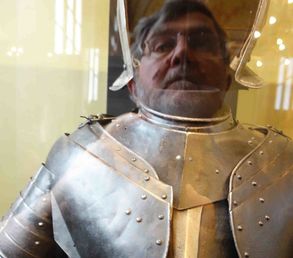

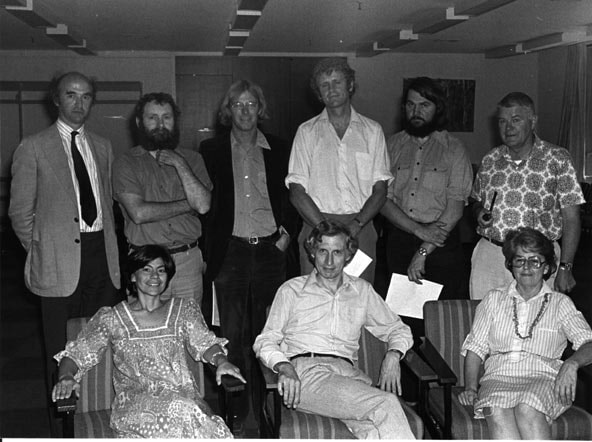
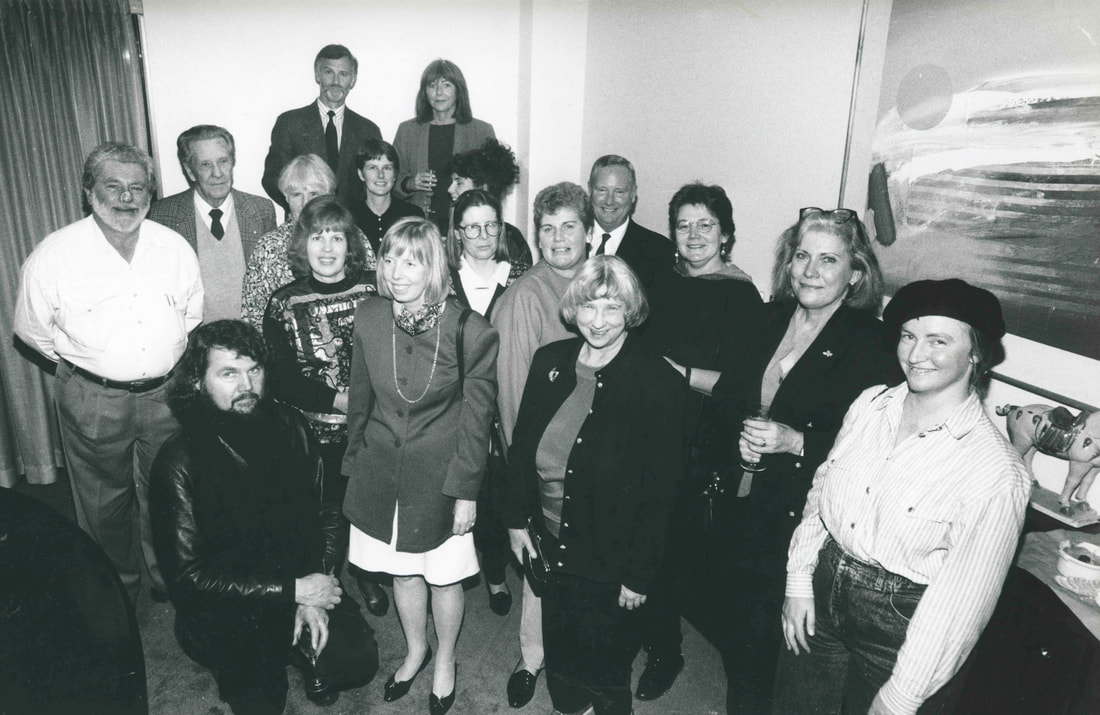
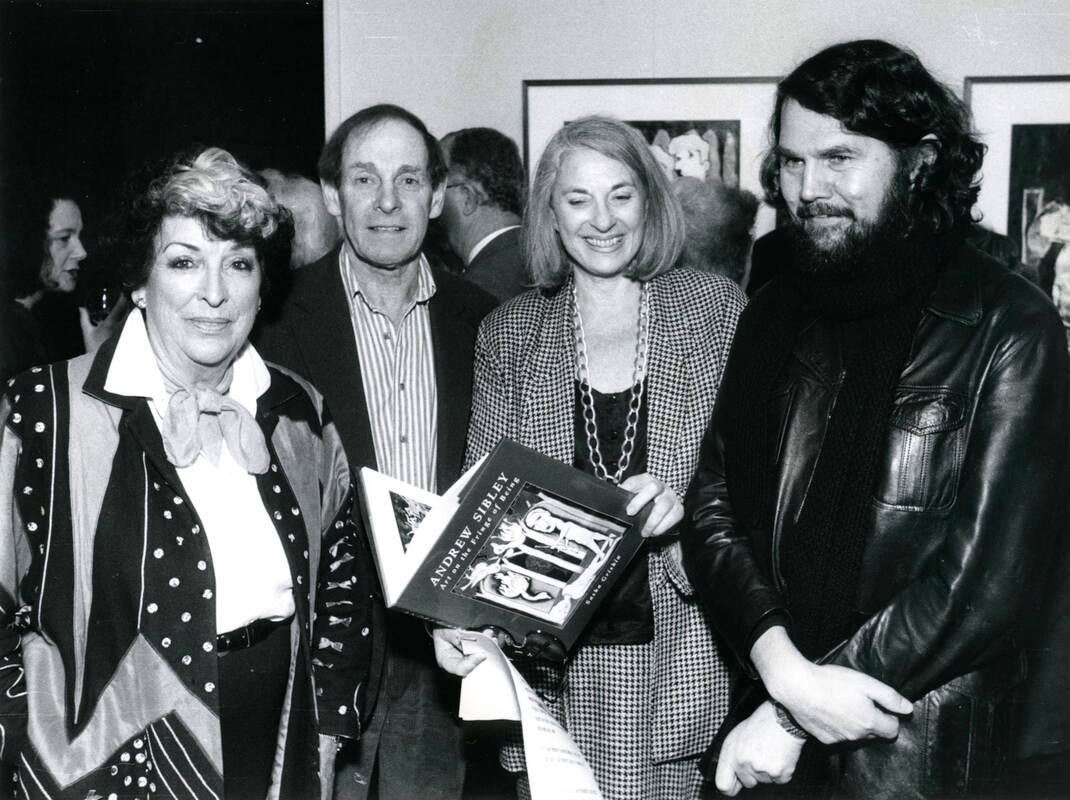
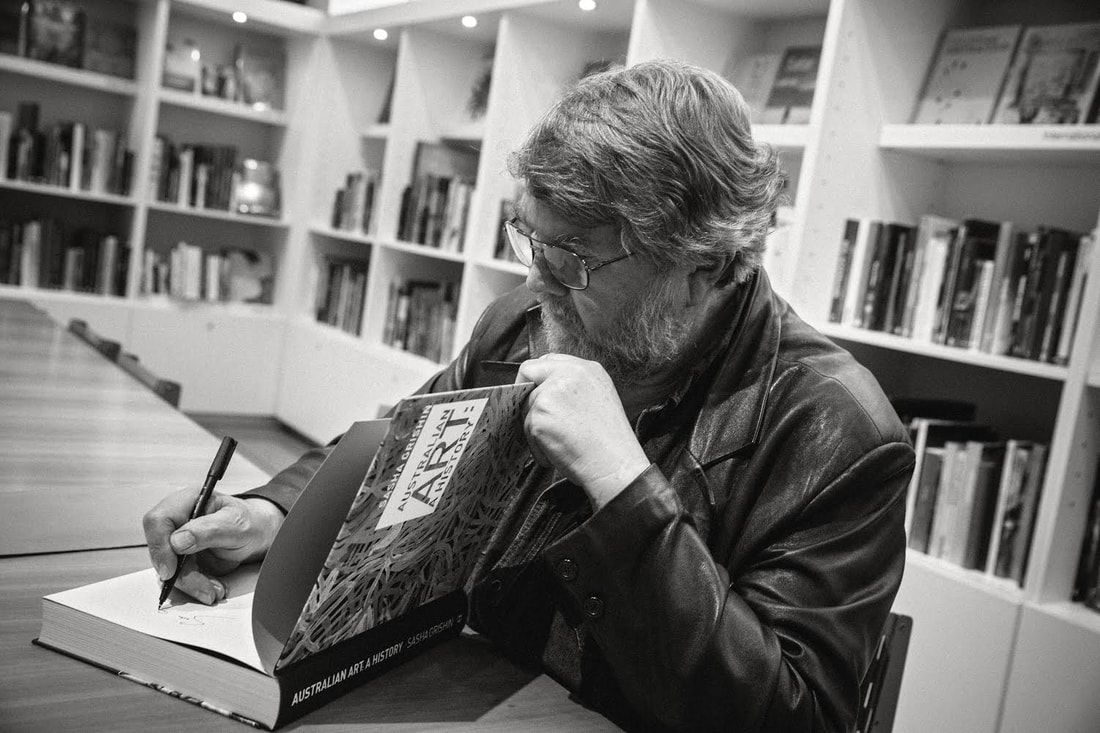
 RSS Feed
RSS Feed